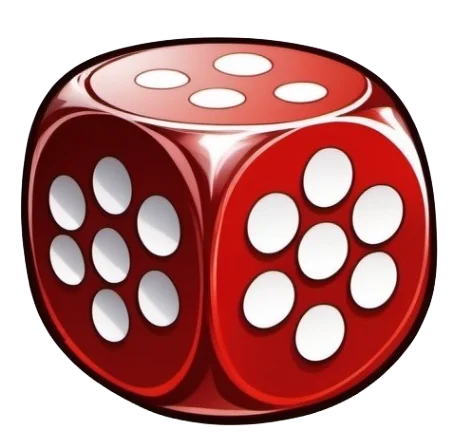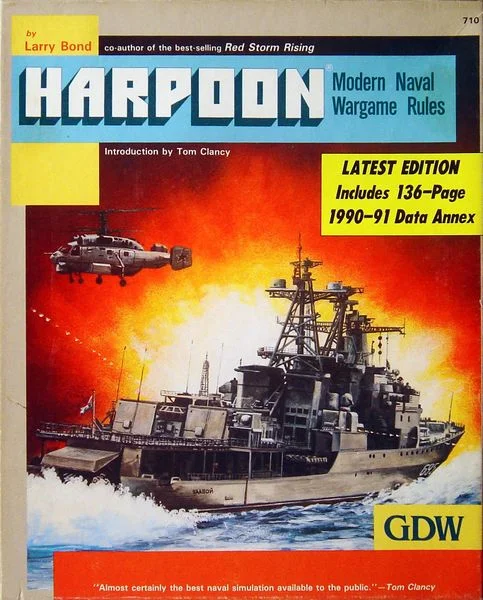Harpoon (Third Edition) (1987) Board Game
Harpoon (Third Edition) is a tabletop wargame that was first released in in 1987. It is a simulation game that focuses on modern naval and aerial combat. The game has been praised for its attention to detail and realism, making it a favorite among military enthusiasts and strategy gamers alike. The third edition of the game was designed by Lauretta Oblinger and Steve Venters, and published by Game Designers’ Workshop (GDW Games).
Game Components of Harpoon
How To Setup Harpoon
Setting up **Harpoon** involves several steps:
Gameplay Mechanics and Game Objective
Gameplay Mechanics
Game Objective
The objective is to achieve the scenario’s specific goals, such as destroying enemy ships, protecting convoys, or completing reconnaissance missions, while managing the complexities of modern naval warfare.
Player Experience
Playing **Harpoon** is an immersive and detailed experience that leans heavily towards simulation rather than casual gaming. Players must delve into the intricacies of naval warfare, managing sensors, weapons systems, and tactical decisions. The game demands a high level of engagement and understanding of naval combat mechanics.
Pros
Cons
Personal Thoughts on Harpoon
**Harpoon** is ideal for those who are passionate about naval warfare and simulation games. It is not for the faint of heart; it requires dedication and a willingness to learn complex rules. However, for those who invest the time, **Harpoon** offers a deeply realistic and engaging experience that can be as educational as it is entertaining. It is particularly suited for naval enthusiasts, historians, and those interested in military strategy and tactics.
We are supported by our audience. When you purchase through links on our site, we may earn an affiliate commission, at no extra cost for you. Learn more.

